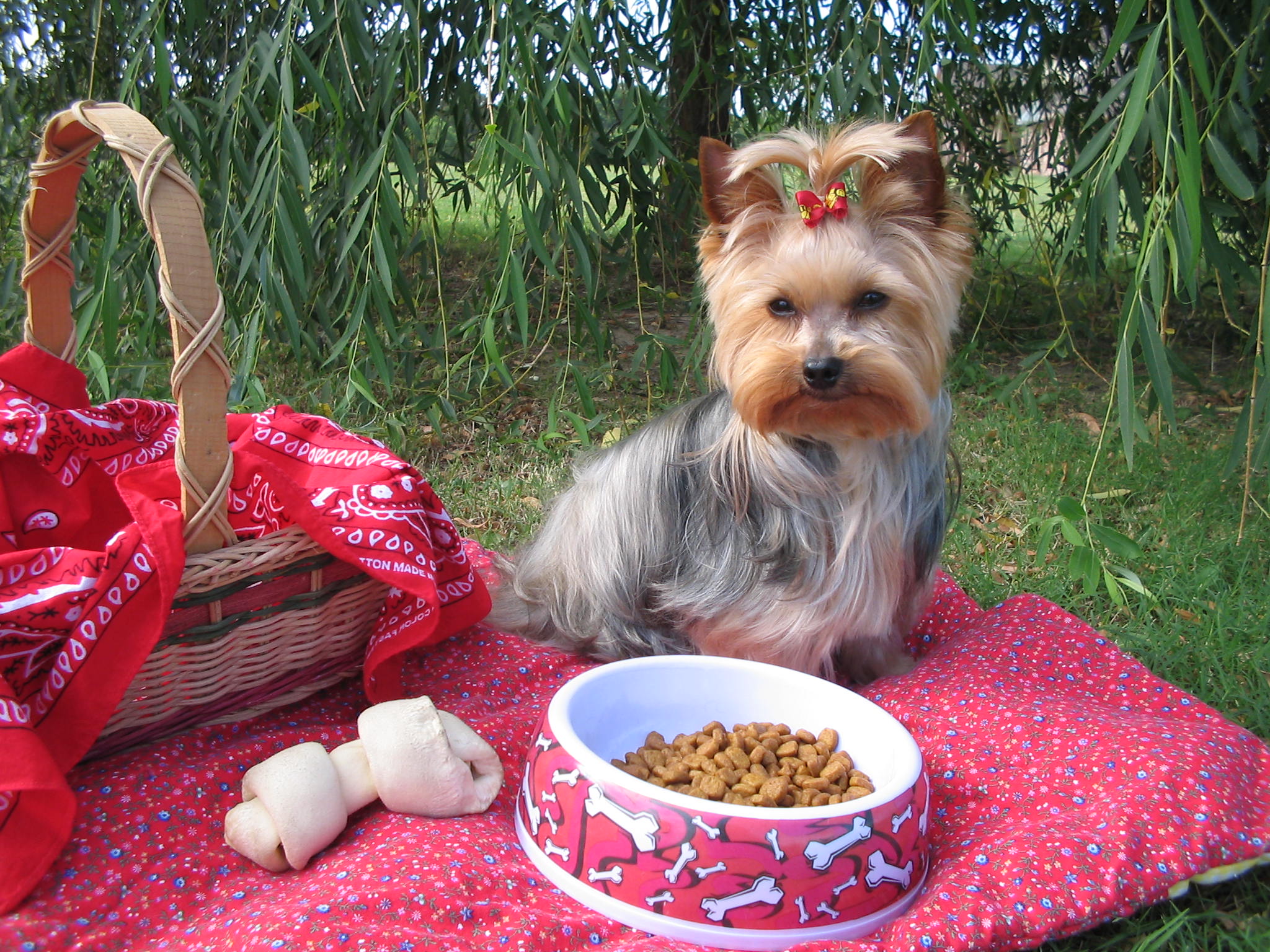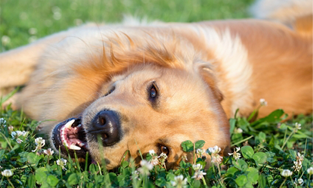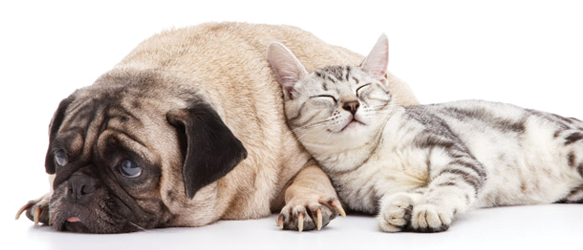 What Are They Feeding My Pets at The Kennel?
What Are They Feeding My Pets at The Kennel?
6th October 2015
Pet-mum to kitty Smokey and his canine sister Pixy, Barbara was concerned about leaving her fur babies for a full week at the boarding kennel. “If I ask about the food, will they be offended? I need to know that the ‘kids’ will be eating nutritious and palatable food,” she told us. “And for that matter, what should I be looking for on a dog or cat food nutrition list label?”
We were quite comfortable in advising Barbara that if kennel staff seem put off because you’ve asked a valid question, move on and find another! We also provided her with the following pet food ingredient check list.
Here’s what she (and you) want to see in your pet food:
- High quality protein (muscle meat, not pieces and/or parts)
- Moderate levels of animal fat
- High levels of EPA/DHA
- High moisture content (natural prey is 70% water)
- A bit of fresh cut veggies and/or fruit (to mimic stomach contents of prey)
- Low level of grains, preferably barley or rice, not wheat or corn
- No white potatoes or other starches
These high-quality types of food are often sold at vet clinics and pet specialty stores. They contain things like organic ground chicken, brown rice, ground chicken liver and heart, kale, carrots and apples. Sold frozen, it’s meant to be served with a good quality kibble for bulk and a vitamin supplement.
Here’s what you don’t want to see in your pet food:
- By-products (feet, backs, heads, brains, stomachs (you get the picture…)
- Fillers like ‘meal’ and artificial colourings - blue, red and yellow dyes
- Sugars including corn syrup and anything ending in ‘ose’ like sucrose or glucose
- Mystery Meat (‘meat’ or ‘poultry’ instead of ‘beef’ or ‘chicken’)
These low-quality foods can be found in supermarkets and discount stores. They often contain ground yellow corn, meat and bone meal, soybean meal, poultry by-product meal, animal fat (preserved with BHA and citric acid), corn gluten meal, salt, potassium chloride, colour added (titanium dioxide, yellow #5, yellow #6, red #40), choline chloride, zinc sulfate and dozens more chemicals we can’t even pronounce. If you wouldn’t eat it, you shouldn’t feed it to your best friend!
The good news is that more and more boarding kennels are offering top-quality pet foods and specialized diets, like raw, organic and gluten-free, as part of their services. They also welcome pets who arrive with their own food and treats. We advise you to visit the kennel, inspect it and ask to see the actual food that is provided. If they can’t or won’t show you what’s on the menu, it’s probably a good idea to find a different kennel.
Remember - you have the right to know what they’re feeding your best friend!
Do you have a favourite boarding kennel you’d like to recommend? Write a review today!

10 important questions to ask before boarding your pet
Going away on holiday can be an exciting time for us pet owners, yet how can you be sure that your companions stay will be as happy and relaxing as your own, whilst you are away? Leaving your pet with knowledgeable and experienced pet boarding operators can be achieved by knowing the right questions to ask.
Read more

 *Fully tax deductible, 30 day money back guarantee
*Fully tax deductible, 30 day money back guarantee



